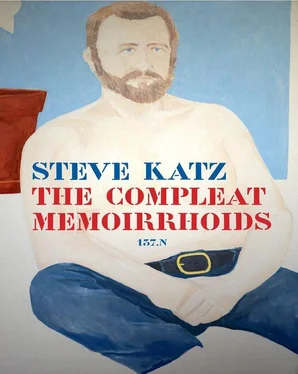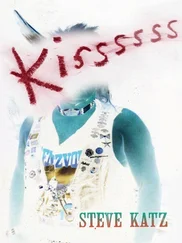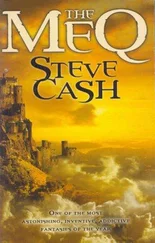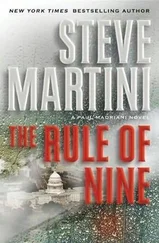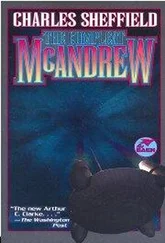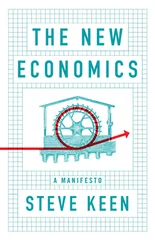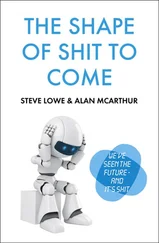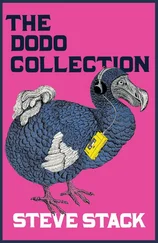For a while in Denver I consort with a Jewish woman who does counseling and fundraising for Catholic charities. Occasionally she gets me to accompany her to synagogue for the high holidays. It has been a long time and I am curious to see how this will affect me. I am uncomfortable, as I am at most social networking scenes. It is all about who is there, and being seen. I get no spiritual charge from it. In Denver she introduces me to a good friend of hers from Berkeley, an Episcopalian woman, who is perhaps the wealthiest woman in Denver. We occasionally go to her house for dinner or a party. On almost every occasion the hostess would ask if we are uncomfortable as Jewish people here with all these Christians. It seemed like such a weird question, that never comes up in other contexts in my life. It immediately separates us from the rest of the invitees. I am usually riding in my friend’s sidecar, so I never say what I think, but the question itself was my only discomfort. This strikes me as soft anti-Semitism, veiled as tolerance. A few Jews allowed.
David Markson’s wonderful novels locate him clearly as a Jewish-American author. One of the tropes of his Reader’s Block , a 1996 bittersweet prose catalog of the author’s cognitive sweep, is the naming of antiSemites. Shaw, Yeats, Kant, Pushkin, Hemingway, Voltaire, Chesterton, Heidegger, Cummings, Lowell, Stevens, Eliot, James, Lawrence, Stravinsky, Baldwin, Gide, Santanyana, Chekov, Degas, Mencken, Jung, Kipling, Tchaikowsky, Genet, Mussorsky, all are named, and many others. Some of these figures I admire unconditionally. The book makes me sweat. What’s going on? Who are these Fanwoods in our world of intellect and pain? Anti-Semitism is some dark nascent juggernaut, the menace shifting in the lightless room. Why am I maligned only for being who I am? The answer is because as I am, I am a Jew.
Recently in Guadalajara I take a stroll in the center of the city, towards revolution park. It is sunny and warm. Rain clouds boil up to the West. Along the promenade people shop. Parents relax on the benches as their kids romp around them. One lanky US ex-pat in a cowboy hat beckons me to his bench. He tells me it isn’t hard to peg me as American. He talks up a gathering every morning of US ex-pats in the nearby McDonald’s. There they solve all the problems of the world. I can count on the fingers of half a hand the number of times I’ve been to McDonald’s — once in Rome, where a lot of young Italians hang out because Ronald doesn’t make you pay a premium for sitting at a table, and once in Pierre, South Dakota because I was hungry after 9 P.M. Most of the McBreakfast philosophers are retired G.I.’s who find their retirement money goes way further in Mexico. There are six at the tables and a small, shifting contingent of Mexicans who like to practice their English. Everyone sips coffee, nibbles their egg McMuffins, and gripes about various situations up North.
“Here comes Charlie,” someone says. Charlie is an older guy with a tumor on his left cheek the size of half his head. He sits down and the conversation immediately gets serious, more focused. The talk turns to the characteristics of ethnicities — Mexican, Chinese, Vietnamese, Italian, Japanese. Everyone has some group to size up, and a restaurant to recommend. When Charlie starts to speak the rest quiet down. He obviously loves to pontificate. He launches out of the right side of his mouth into what must be his favorite subject — Jews. His is a tone of ultimate authority.
“The Jewish people,” says Charlie, his voice distorted by the tumor that paralyzes half his mouth, “Never eat vegetables. That’s why they always die at sixty years old or younger.” Poor Charlie. I don’t argue, don’t want to disturb the tilt of his curious presentation.
“How old are you, Steve?” he asks me. I tell him I am seventy. “If you were Jewish, Steve, you would be dead ten years already because you wouldn’t have benefited from eating the vegetables. The Jewish people eat meat, some bread and some fish, but never any vegetables. That’s the truth about the Jewish people.” Charlie looks around at a youngish Mexican woman coming in the door. “Uh oh. The wife,” he says, and leaves the table.
This chaserei of moments floats up like carrots in the chicken soup when I learn my books are represented in this rich collection gathered by Daniel Liebowitz. I thank him for paying attention. It’s difficult to get any attention in this era of Creative Writing bureaucracies. I’ve written about some of these bits elsewhere in my book of Memoirrhoids called Time’s Wallet , but here I’ve folded them all into one large kreplach to present at the celebration of the collection, foregoing any fee. Zay gesunt .
The first time I see the sign for Jewtown the word hits my medulla with a thud. This is one of the stops the traghetto makes that ferries people around Cochin. What? Jewtown? Fuck my mama and all the ghosts of relatives in Baba Yar. Before the state of Israel a large Jewish population lived in Cochin. The synagogue there, which is now out of use, was built in the first century A.D., was the first and the largest in Asia. We all go to see this synagogue. There are a few Jews left, but not enough to make a minion, hold a service. Phil comes, as I do, from an ethnically Jewish family. He asks me if I feel anything after seeing the place. A vague twinge in my roots, I explain. “I don’t have any feeling for this,” Phil says. “It doesn’t have anything to do with me.” Phil has for years practiced yoga, studied Tibetan Buddhism. The building, which is spacious and full of light, is maintained for tourists, who then do a little shopping for antiques in Jewtown.
I stay for a few days after my friends leave. Just to eat the thalis at the vegetarian restaurants is enough reason to linger in Cochin. The servers fill your bowls over and over with savory preparations, until your appetite surrenders. I get a chance to see the Kathakali again perform at a temple festival in Ernakulum. I am psyched to learn how the group works in the community outside their school. Their performance is the culmination of the festival. I know of no religious celebrations as gaudy and entertaining as what the Hindus produce. It’s a cross between solemn worship and circus. Here are dancers, acrobats, jugglers, huge elephants decorated like wedding cakes, plate spinners on stilts. The musical accompaniment is a great noise — drums, tambourines, horns. Incense thickens the air. This is only a small temple, but the display goes way beyond Fellini. Once the elephants saunter off down the road, the clowns disappear into the alleys, people settle down in the dust behind the temple, by a small stage. I sit with a couple from the States, touring India on their honeymoon. The performance is to be a popular story from the Mahabharata, about a husband with too many wives. We capture the interest of a ragged boy, slightly deformed. His face twists into an empty grin and he drools onto the front of his burlap shirt. He circles us. The sound he makes could be language. He wants to communicate, to help us, I think, and keeps pointing at the stage, trying to touch us, withdrawing nervously.
“No no no no no! You must not touch him. Don’t touch him,” says a man who had been eyeing us. He is dressed in a brown robe and skullcap, a stocky burgher type of guy. He shoos the boy away as if he is a stray dog. I don’t think he does this because he thinks the kid is contagious, but rather because he is Dalit, or untouchable. I don’t ask. The performance begins with dancers teasing from behind the curtain. One of the curtain-holders, I notice, is the French woman from the school. All of the man’s wives are played by male dancers.
Читать дальше
